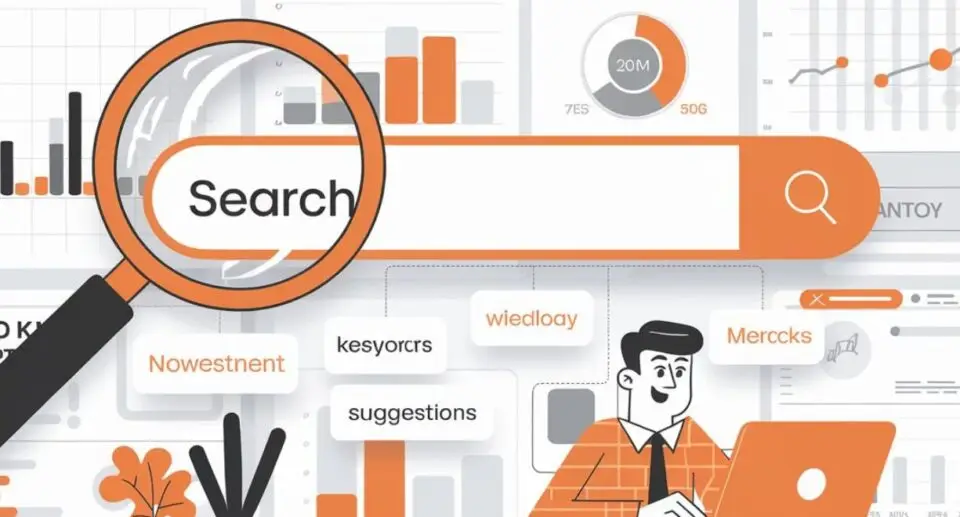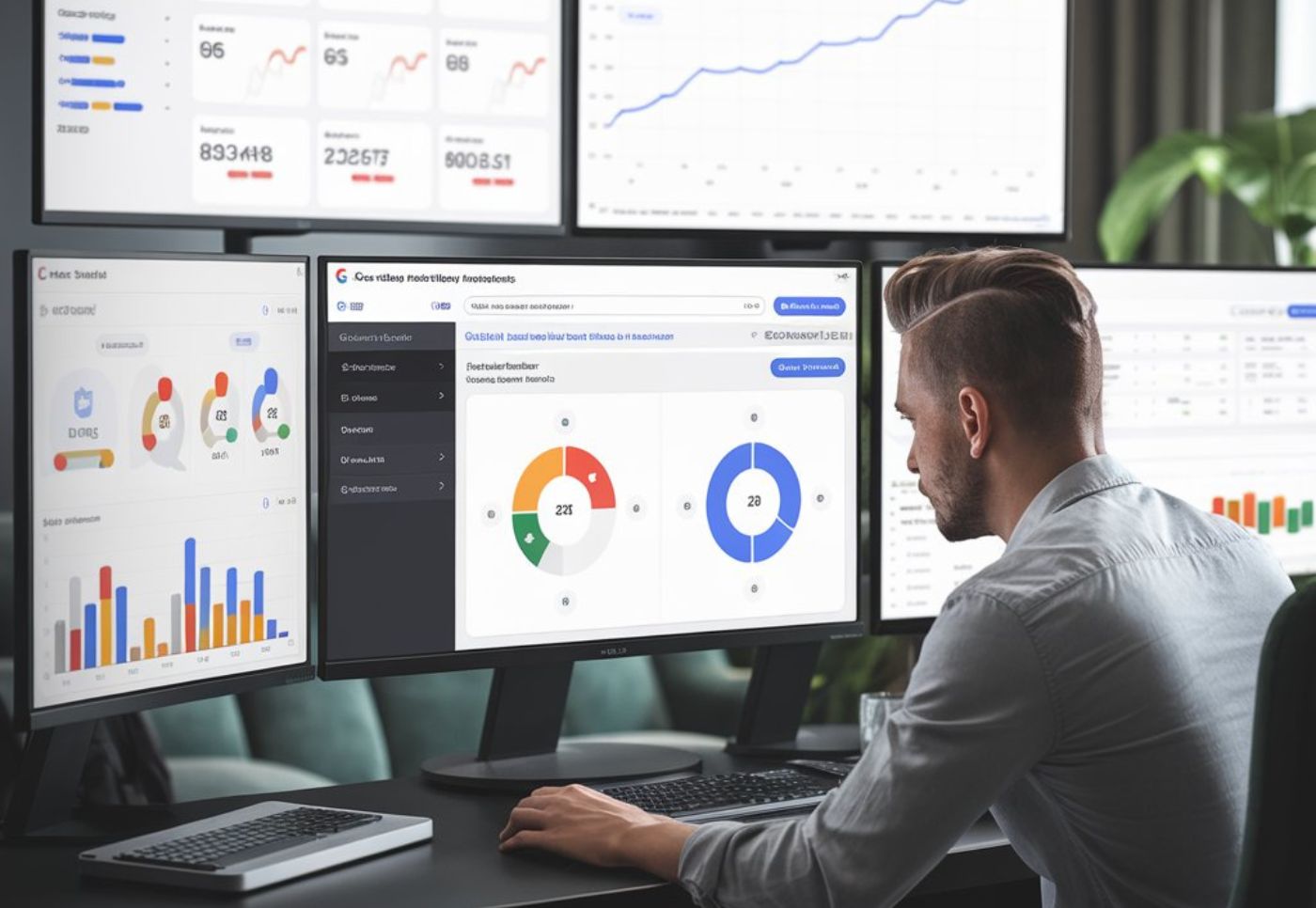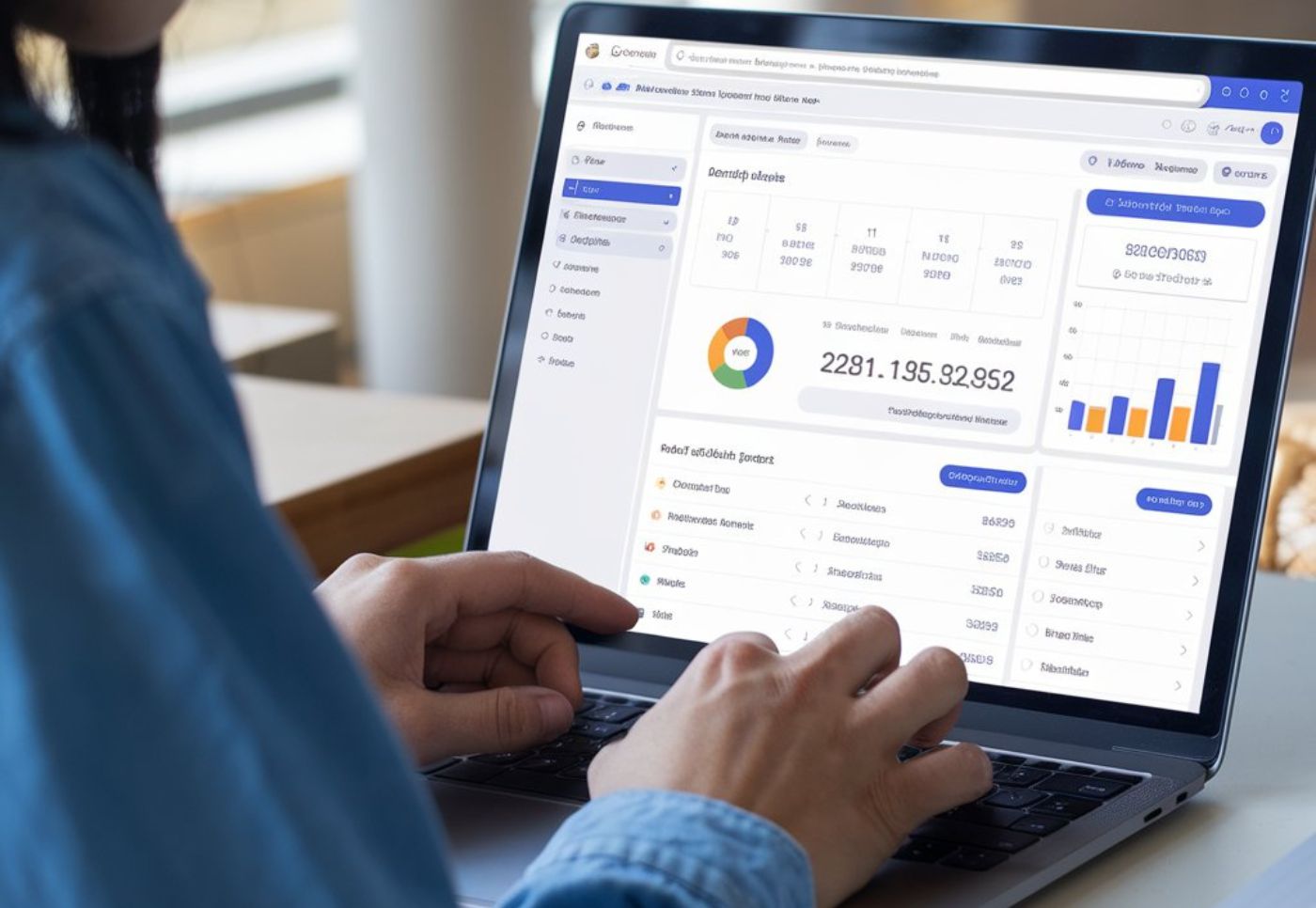25 Powerful SEO Ranking Factors for Success

INTRODUCTION
Are you optimizing your website but still not seeing the rankings you expect? You might be unknowingly crossing some crucial boundaries. Search engines like Google have strict technical rules that impact crawling, indexing, and rankings. Understanding these SEO ranking factors—especially the lesser-known limits—can be the difference between visibility and obscurity. In this guide, we’ll walk you through 25 essential SEO limits you need to know, why they matter, and how to optimize within them to boost your site’s performance.
 Table of Contents
Table of Contents
- Why SEO Limits Matter
- Best Tools to Track SEO Constraints
- 25 Critical SEO Limits You Should Know
- Tips to Optimize Content Within SEO Limits
- How to Measure and Improve SEO Performance
- Conclusion
- FAQs
Why SEO Limits Matter
Google and other search engines rely on technical guidelines to rank content effectively. If your website violates these limits—intentionally or not—you risk being ignored or penalized. These SEO ranking factors affect how your pages appear in search results, how fast they load, and whether they’re even indexed.
Analogy: Think of SEO limits like road rules. You can build a beautiful car, but without obeying the speed limit or signals, you won’t get far—or worse, you’ll get a ticket seo ranking factors.
Stat: A study by Backlinko found that meta descriptions that follow best practice length get 5.8% more clicks than overly long or short ones.
Best Tools to Track SEO Constraints
- Google Search Console – For indexing and crawl issues
- Screaming Frog SEO Spider – For crawl limits and page size
- Ahrefs / SEMrush – For keyword density, backlinks, and audit tools
- Google PageSpeed Insights – For Core Web Vitals and load time
- Schema Markup Validator – For structured data errors
- Yoast / Rank Math (WordPress) – For real-time SEO checks
 25 Critical SEO Limits You Should Know
25 Critical SEO Limits You Should Know
Each of the following limits plays a role in SEO ranking factors. Here’s what to avoid and how to optimize:
- Title Tag Limit – Max: 60 characters
- Meta Description Length – Max: 155–160 characters
- URL Length Limit – Ideal: Under 60 characters
- One H1 Tag Per Page – Use it to define the core topic
- Image Alt Text Limit – Max: 125 characters
- Robots.txt File Limit – Max: 500KB
- Sitemap URL Limit – Max: 50,000 URLs or 50MB per file
- Crawl Budget – Optimize by reducing low-value pages
- Redirect Chain Limit – Max: 3-5 redirects
- Internal Links Per Page – Recommended: Under 150
- Indexing Limit – No fixed number, but optimize large sites
- Canonical Tags – Only one per page
- Mobile Page Speed – Under 2.5 seconds load time
- Featured Snippet Limit – 40–50 words
- Keyword Density – 1–2% max
- AMP CSS File Size – Max: 75KB
- Schema Markup Size – Keep under 100KB
- GMB Description Limit – 750 characters
- Hreflang Tag Limit – A few thousand entries max
- Sitemap Tags – Use and wisely
- HTML Page Size – Keep under 2MB ideally
- 301 vs. 302 Redirects – Use 301 for SEO permanence
- Google Discover Images – Min: 1,200px width
- Fake Reviews – Google penalizes manipulative content
- JavaScript-Heavy Pages – Too much JS can block crawlers
Tips to Optimize Content Within SEO Limits
- Actionable Tip 1: Keep your title tag under 60 characters, and make sure it starts with your target keyword.
- Actionable Tip 2: Use Screaming Frog to audit page sizes and identify heavy scripts or oversized images.
- Actionable Tip 3: Clean up your sitemap regularly and use a sitemap index if needed.
Personal Experience
When we audited a retail client’s website, we discovered their sitemap had 90,000+ URLs and exceeded Google’s size limit. After restructuring it into four smaller sitemaps and cleaning out 404 pages, their indexed pages improved by 42% in 30 days seo ranking factors.
Case Study
A local service provider improved rankings by simply shortening title tags and removing duplicate H1s. These minor changes increased organic traffic by 27% in 8 weeks.
 How to Measure and Improve SEO Performance
How to Measure and Improve SEO Performance
- Google Search Console: Monitor indexing, crawl errors, and click-through rates.
- Google Analytics: Measure bounce rate and page speed.
- Core Web Vitals: Track performance benchmarks like LCP, FID, and CLS.
- Sitemap Report: Check valid vs. submitted URLs and error rate.
Growth Hack: Add schema for FAQs, How-tos, and Reviews to enhance visibility in SERPs.
Conclusion
SEO success isn’t just about content quality. It’s also about playing by the rules. These 25 SEO ranking factors serve as technical boundaries that shape your visibility, user experience, and search engine trust. By staying within these limits—and optimizing smartly—you set your site up for sustainable, long-term growth.
Your Next Steps:
- Run a full SEO audit using Screaming Frog or Ahrefs.
- Bookmark this guide and review these limits quarterly.
FAQs
1. What are the top SEO ranking factors in 2024?
Page speed, mobile-friendliness, backlinks, keyword optimization, and proper indexing are top-ranking factors.
2. Why does Google ignore my meta description?
If it’s too long, irrelevant, or missing—Google may rewrite it based on user intent seo ranking factors.
3. How do I check if my sitemap is too large?
Use Google Search Console or an XML validator to inspect sitemap size and URL count.
4. What happens if I use multiple H1 tags?
While not a penalty, it may dilute topical focus. One H1 per page is best practice.
5. Is keyword density still important?
Yes, but focus on relevance. A 1–2% keyword density with natural language is ideal seo ranking factors.

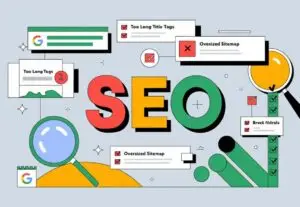 Table of Contents
Table of Contents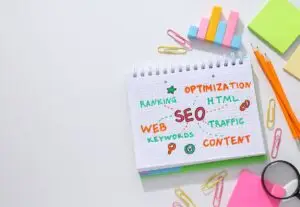 25 Critical SEO Limits You Should Know
25 Critical SEO Limits You Should Know
 How to Measure and Improve SEO Performance
How to Measure and Improve SEO Performance
